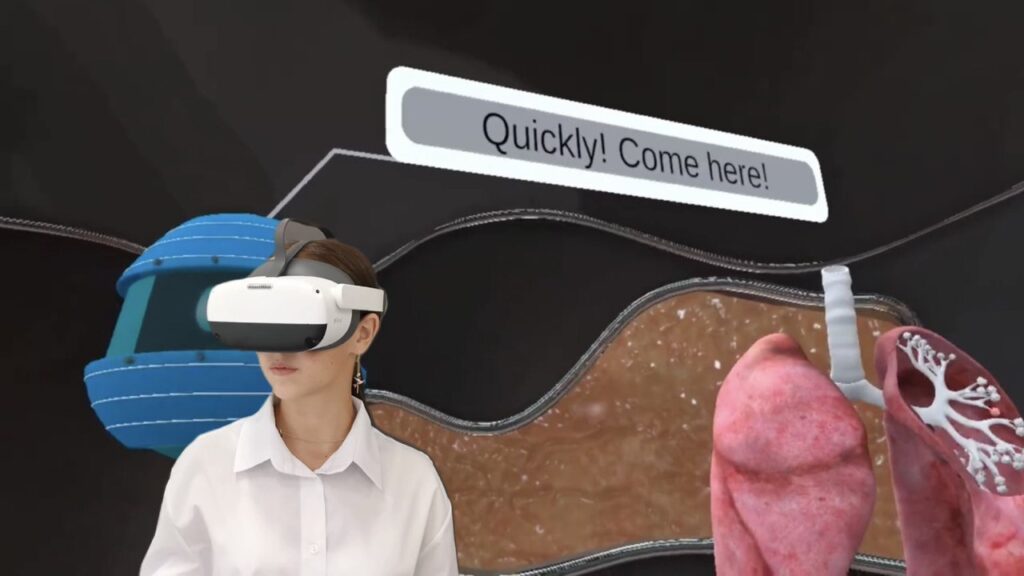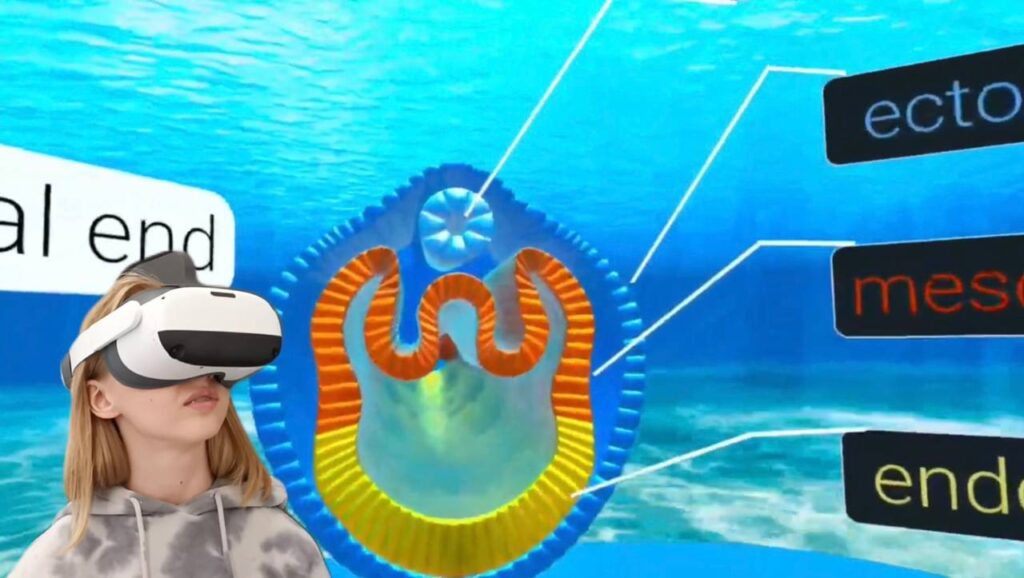


One simple yet effective strategy is to move a disengaged student to the front of the class. This can work for several reasons:
Disengagement can affect both high-performing and struggling students if the lesson’s difficulty doesn’t match their level. Teachers can address this by:
Regularly asking specific students questions can keep them alert and engaged. This technique addresses the question: “What are some practical reasons for learners to participate in the lesson?” By anticipating being called upon, students are more likely to stay focused and actively participate.
Encouraging and monitoring note-taking can significantly boost engagement. Teachers should provide guidance on effective note-taking techniques and explain how it contributes to better understanding and retention.
Remember, there’s no one-size-fits-all solution. Teachers should be prepared to adapt their strategies and seek advice from colleagues when needed. Positive reinforcement is crucial when a strategy successfully improves a student’s attention.
While traditional methods are valuable, VR offers a revolutionary way to engage students. Let’s explore how VR can be used in education to boost engagement:
VR transports students into interactive, 3D environments, making abstract concepts tangible and exciting. This is particularly useful for secondary school experiment ideas and school experiments that might be too dangerous or costly to perform in real life.
VR enables students to conduct virtual experiments safely, bridging the gap between theory and practice. This addresses the question “What is a practical lesson?” by providing hands-on experiences in a virtual environment.
Many VR education games and school lesson pro games use narrative elements and game mechanics to make learning more engaging and fun. This approach can transform dry topics into exciting adventures, boosting motivation and retention.

How is VR used in education today? Many schools are incorporating VR into their science lesson plans, allowing students to explore complex concepts in an interactive way. When implementing VR, consider:
Teachers can use a science lesson plan template to integrate VR experiences seamlessly into their existing curriculum.

For teachers looking to incorporate VR into their lessons, many VR education companies offer solutions tailored to educational needs. When selecting a VR education provider, consider:
VR education services can provide valuable resources and support for teachers new to this technology.
A science lesson plan is a detailed guide for teachers that outlines the objectives, activities, and assessments for a specific science topic. When incorporating VR, the lesson plan should include:
We invite educators to experience the power of VR in education firsthand. Visit https://xreadylab.com/request-demo-page/ to request a free VR education app demo. Even if you don’t have VR hardware, we can arrange a desktop version to showcase our educational content.
In conclusion, while traditional engagement strategies remain valuable, the integration of VR technology offers exciting new possibilities for creating immersive, interactive practical lessons. By combining tried-and-true teaching methods with innovative VR experiences, educators can create a rich, engaging learning environment that caters to diverse student needs and learning styles.
The key to success lies in a blended approach:
By embracing both conventional wisdom and cutting-edge technology, educators can create dynamic, engaging classrooms where every student has the opportunity to thrive. Whether through traditional methods or innovative VR education apps, the goal remains the same: to inspire and educate the next generation of learners.
Frequently Asked
We prodive VR biology, VR physics, and VR chemistry simulations. Please, check our catalog.
Please, fill the form to get demo labs for free.
Please contact our customer support service at support@xreadylab.com or book a call with the team to find out the conditions and book the VR class set up at your school.
Subscription to XReady Lab interactive VR labs. If you are a school, then you are also given access to the VR classroom system. VR class system helps you easily launch VR lessons for a large number of students, follow the experience of each student, as well as customise the content without developers.
We adhere to the world’s generally accepted recommendations and research. Our products are suitable for children from 12 years old.